- Home
- About Us
- TSPT Academy
- Online Courses
-
Resources
- Newsletter
- Business Minded Sports Physio Podcast
- Day in the Life of a Sports PT
- Residency Corner
-
Special Tests
>
-
Cervical Spine
>
- Alar Ligament Test
- Bakody's Sign
- Cervical Distraction Test
- Cervical Rotation Lateral Flexion Test
- Craniocervical Flexion Test (CCFT)
- Deep Neck Flexor Endurance Test
- Posterior-Anterior Segmental Mobility
- Segmental Mobility
- Sharp-Purser Test
- Spurling's Maneuver
- Transverse Ligament Test
- ULNT - Median
- ULNT - Radial
- ULNT - Ulnar
- Vertebral Artery Test
- Thoracic Spine >
-
Lumbar Spine/Sacroiliac Joint
>
- Active Sit-Up Test
- Alternate Gillet Test
- Crossed Straight Leg Raise Test
- Extensor Endurance Test
- FABER Test
- Fortin's Sign
- Gaenslen Test
- Gillet Test
- Gower's Sign
- Lumbar Quadrant Test
- POSH Test
- Posteroanterior Mobility
- Prone Knee Bend Test
- Prone Instability Test
- Resisted Abduction Test
- Sacral Clearing Test
- Seated Forward Flexion Test
- SIJ Compression/Distraction Test
- Slump Test
- Sphinx Test
- Spine Rotators & Multifidus Test
- Squish Test
- Standing Forward Flexion Test
- Straight Leg Raise Test
- Supine to Long Sit Test
-
Shoulder
>
- Active Compression Test
- Anterior Apprehension
- Biceps Load Test II
- Drop Arm Sign
- External Rotation Lag Sign
- Hawkins-Kennedy Impingement Sign
- Horizontal Adduction Test
- Internal Rotation Lag Sign
- Jobe Test
- Ludington's Test
- Neer Test
- Painful Arc Sign
- Pronated Load Test
- Resisted Supination External Rotation Test
- Speed's Test
- Posterior Apprehension
- Sulcus Sign
- Thoracic Outlet Tests >
- Yergason's Test
- Elbow >
- Wrist/Hand >
- Hip >
- Knee >
- Foot/Ankle >
-
Cervical Spine
>
- I want Financial Freedom
- I want Professional Growth
- I want Clinical Mastery
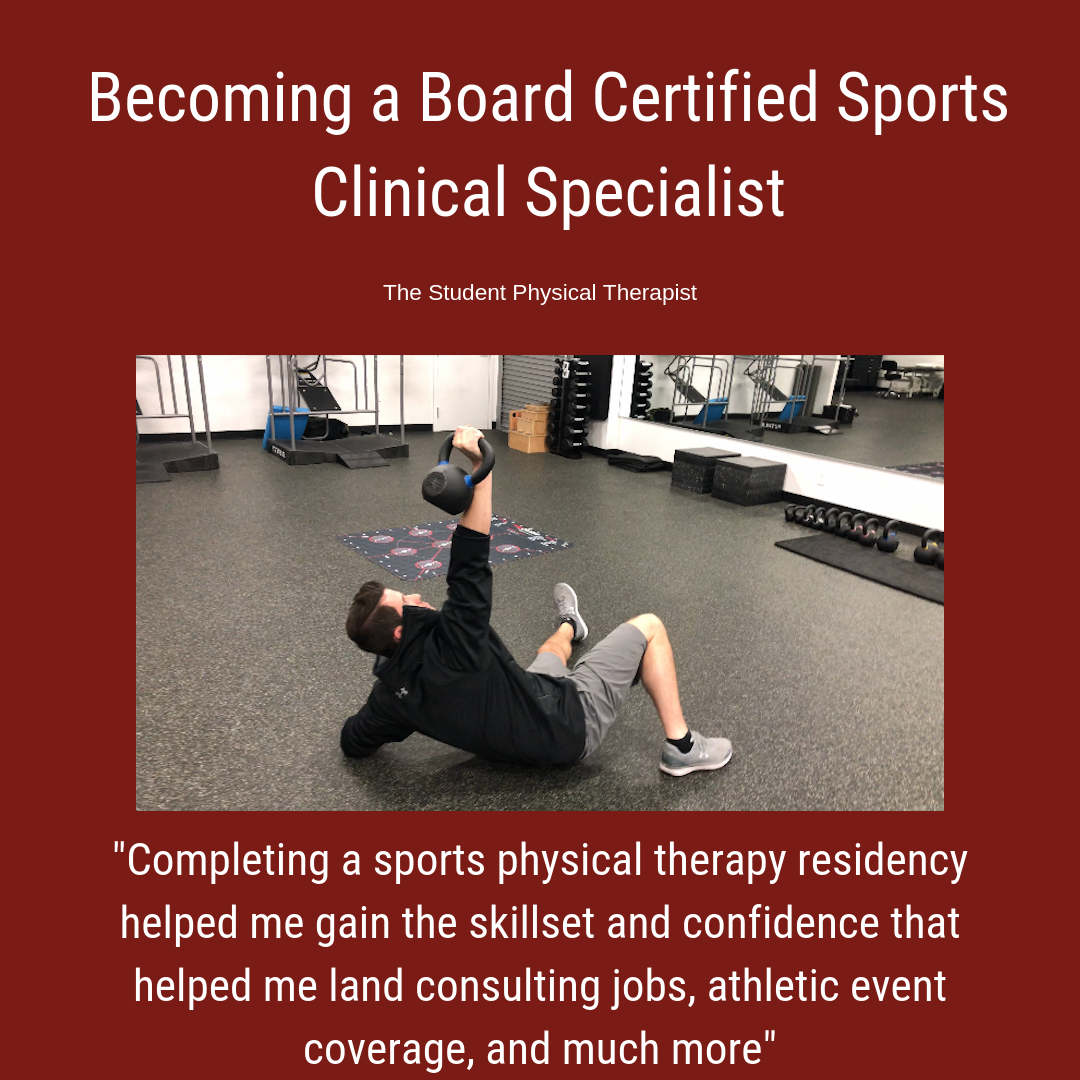 A few months ago, a PT student reached out to me asking about sports residency programs. He wanted to know what my experience in one was like, how it helped my career, and what he should do to try to put himself in a position to get one. This was not an uncommon question as I get at least 15-20 emails like this yearly. However, my answer to these type of questions has changed over the last few years. What was my experience like in a sports residency? If you would have asked me this question during my residency I would have told you amazing and also very stressful. Now, looking back, I would still say that it was an amazing experience but I would also say I see there are "different" paths that can be taken depending on career goals. What I mean by that is you can certainly create your own "residency" experience. For example, if you are looking to work in a collegiate setting you may want to do a more structured residency experience with a university. However, if you want to work in a clinic setting that deals with primarily athletes and does event coverage then chances are you can find a clinic like that while using the money you will make to create the type of education you want. How has a sports residency helped my career? Completing a sports residency has done a few things for my career that I don't think I would have had without it. The first being the skillset to feel comfortable taking an athlete from the start of rehabilitation to the end of rehabilitation. I think that the orthopedic skillset that is required at the start of rehab is crucial but the understanding of the sport biomechanics, demands, athlete mindset, and proper loading progression to get back to sport is something extra I learned consistently working with my mentors. The second way I think the residency helped my career is put me in a network of people I could learn from. It wasn't just my immediate mentors but more the ones that I was able to reach out too being a sports resident that helped me get my foot in the door with them. These people that I looked up to were more than willing to talk with me and while they probably have helped numerous other clinicians, I do think it helped that I was a clinician that chose to do a residency to advance my career. Lastly, completing the sports residency helped me gain the confidence to treat any athlete effectively. This has helped me advance my career by landing consulting gigs with gymnastic and AAU teams which has been very rewarding. What should you do to get into a sports residency? I wrote a great article right after my sports residency interviews about this here but the main thing is do as much in the sports world as you possibly can. That can include going to the sports section conference, volunteering at marathons, taking sports PT courses, taking additional internships in sports, and more. The more a residency sees your passion for sports physical therapy the better. Lastly, make sure you reach out more than once to these directors or go visit them in person. This is a great way to stand out. Overall, doing a sports residency is a choice. You can certainly build out your own "residency" experience by choosing your own education, using the extra money you earn as staff PT to travel to meet more sports clinicians, and volunteer in your local community at events. However, structured residency experiences also have there advantages and can certainly make it easier to get consistent sports experience and mentoring. Dr. Brian Schwabe, PT, DPT, SCS, COMT, CSCS
2 Comments
Young clinicians often ask me, "how were you able to start your own cash based practice within 3 years of graduating?" While hard work and passion are at the center of this answer, properly positioning myself around the best mentors and educators early in my career was equally important. These mentors largely came from my Orthopedic residency program, the Harris Health System. My residency program taught me pain science education, manual therapy treatments, improved clinical reasoning, differential diagnosis, and improved patient education/ communication. If you combine all of these components into a patient interaction, you hopefully get an efficient and effective Orthopedic clinician.
From opening a cash practice to finding fulfillment, in this post I discuss the need to pursue specialization!
Specializing is Worth It: Your Outcomes Will ImproveSince the majority of physical therapists are caring and compassionate individuals, it is safe to assume that most people who become Doctors of Physical Therapy have a primarily goal of helping others. Furthering this assumption, I would guess that getting patients healthier as fast as possible is even better! For me personally, I know that this is my primarily goal. Going through a residency program and preparing for the Orthopedic Clinical Specialty examination taught me how to quickly improve my patient's pain and function. Additionally, I learned how to become a direct access practitioner. As the entry-point diagnostician, it has always been important for me to know when to treat, but more important to know when NOT to treat. As I studied the clinical practice guidelines and APTA monographs, I learned how to incorporate this evidence into my patient interactions. Instead of passively guessing a patient's prognosis, I learned to actively create a plan of care with a predictable prognosis. As my knowledge improved, my outcomes continued to get better! Specializing is Worth It: You Will Be More Fulfilled
While I am always developing my practice, my training as an Orthopedic Specialist allows me to view each patient from a different viewpoint. I credit my OCS preparation and residency training for providing me with a deeper understanding of pain science, tissue pathology, and biomechanics. This deeper understanding allows me to provide specific education to each patient based on their individual needs.
As more residencies are being credentialed each year, the awareness and availability of residencies have also increased. With this development, more PT students show interest in pursuing residency, but the question remains, "when is the right time to pursue residency?" There is no correct answer, as each person and situation is different. Now a residency is not right for everyone. Even with the twelve residency specialties available, the educational pursuit may not be possible or desired. There are some that like to be "generalists" and treat a wide variety of conditions in different settings. While it is not currently a specialty, it may eventually become one. For others, residency may not be financially possible. It can cost income/tuition temporarily and may not lead to an increase in pay upon graduation. There are over 250 credentialed residencies currently and all have different pay and tuition requirements. Some offer very reasonable salary/tuition options compared to "standard local wages," while others are relatively expensive and make it difficult to live off in high cost-of-living regions. With residency pay cuts, it may be easier to manage immediately after graduating PT school (one typically has less expenses immediately after school i.e. may not have a mortgage or kids) or if one has a spouse or family member to help support housing or other living expenses. As for education and clinical development, timing is different for each individual. Some people, myself included, find that when graduating from PT school, it's easiest to roll right into residency since the mind is still in a "learning state." I knew that I wanted to learn more and specialize in orthopaedics immediately. I felt like I didn't know enough about my area of practice upon graduation. That is not the case for all. Many people do not know right away in what they want to specialize. For those, it may be best to practice (or perform clinicals in various areas) for a few years to solidify interest in a specialty. There isn't necessarily a rush to specialize or complete a residency, so if uncertainty exists, take your time. All that being said, I still highly recommend residency pursuit. While one learns plenty of clinical knowledge and hands on skills, the two best things that come from residency are clinical reasoning development and how to critically appraise research (and apply it). Clinical knowledge changes with time, as does research. The ability to stay up to date on research an identify study limitations/applications is essential for "evidence based practice." Clinical reasoning skills helps with problem solving, self-reflection, and clinical development. A residency teaches all these things and holds one accountable to certain standards. -Dr. Chris Fox, PT, DPT, OCS
|
Dr. Brian Schwabe's NEW Book in partner with PaleoHacks!
Learn residency-level content on our
Insider Access pages We value quality PT education & CEU's. Click the MedBridge logo below for TSPT savings!Archives
July 2019
Categories
All
|


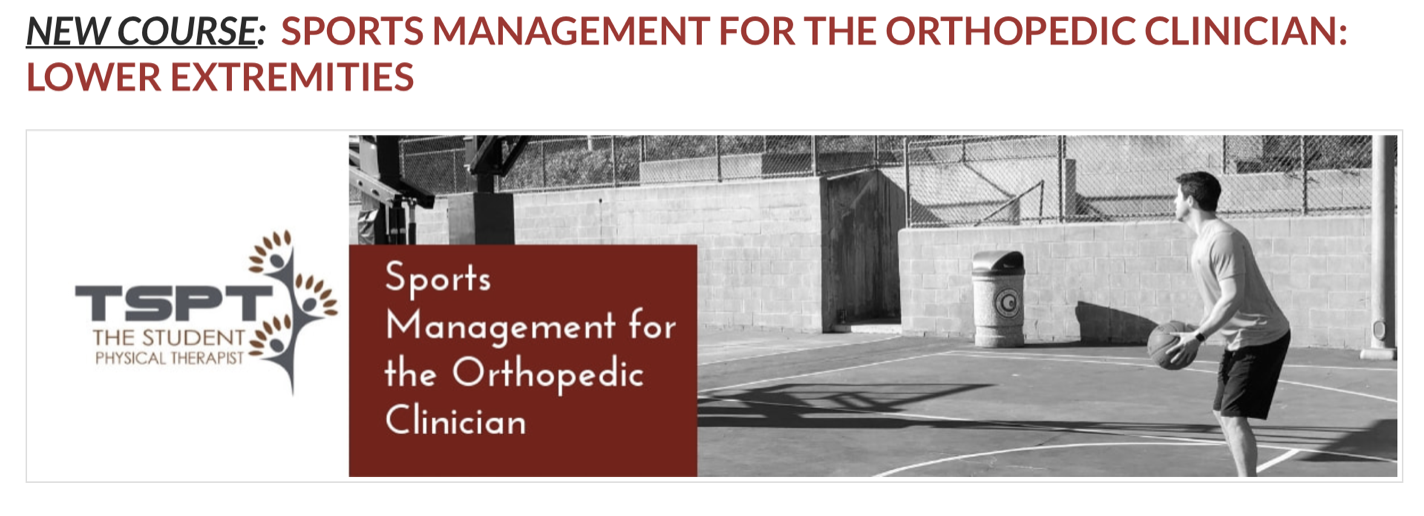
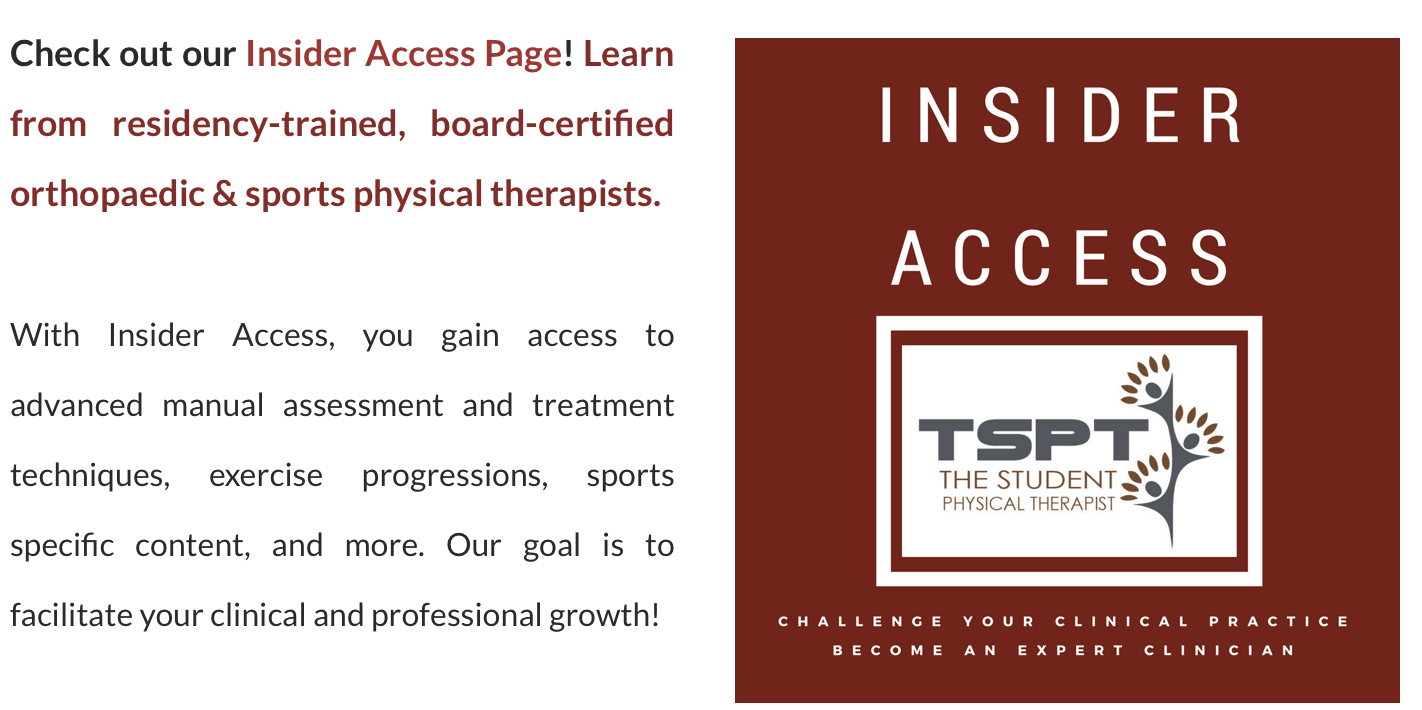
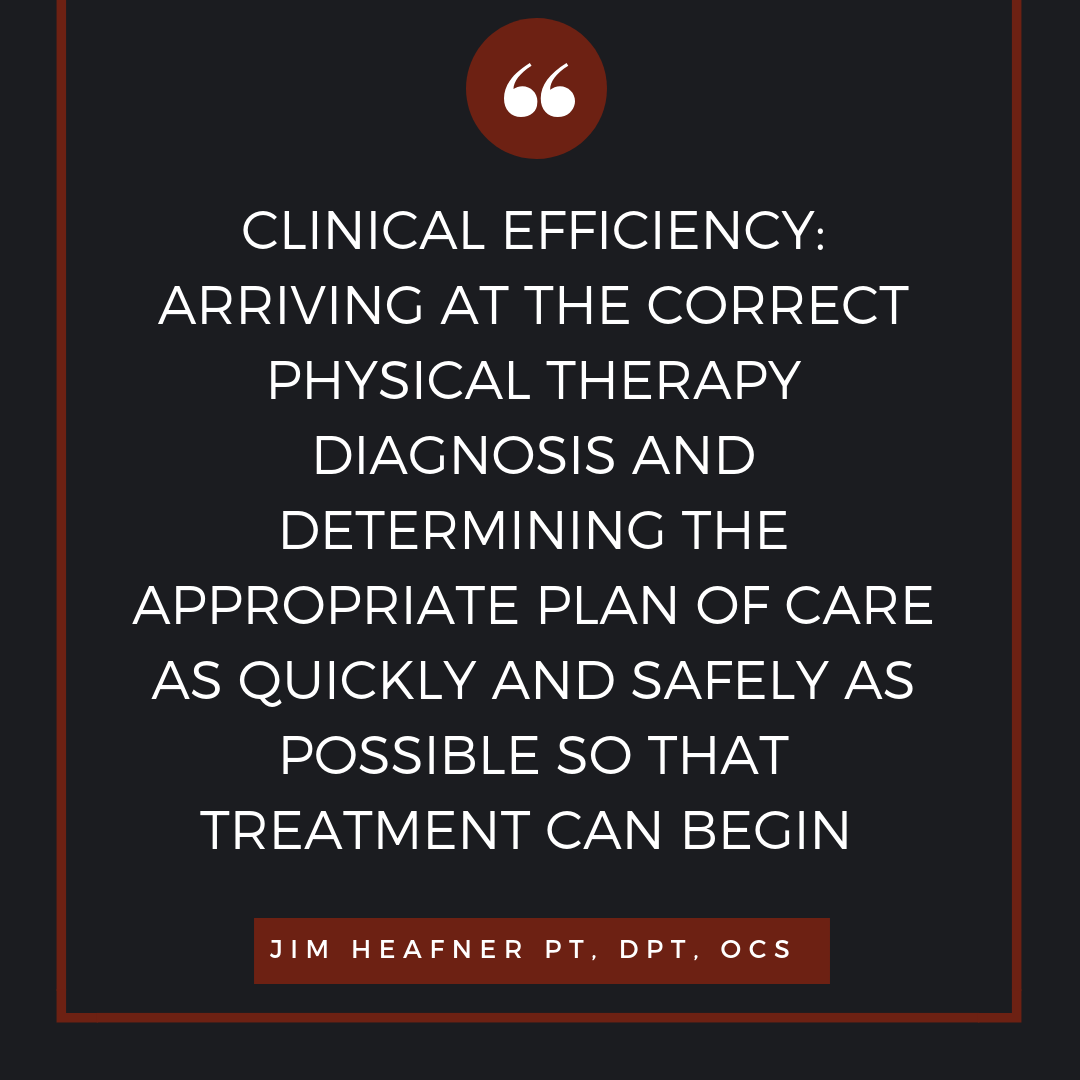
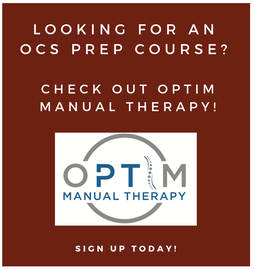
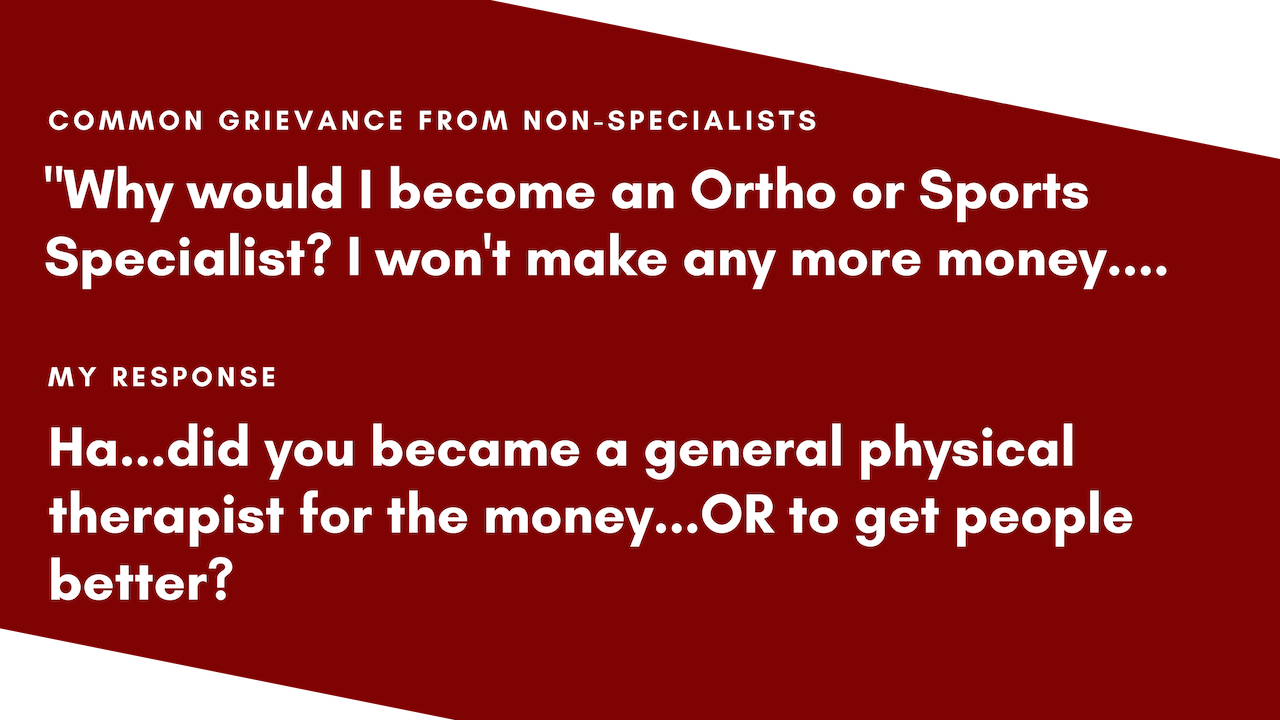
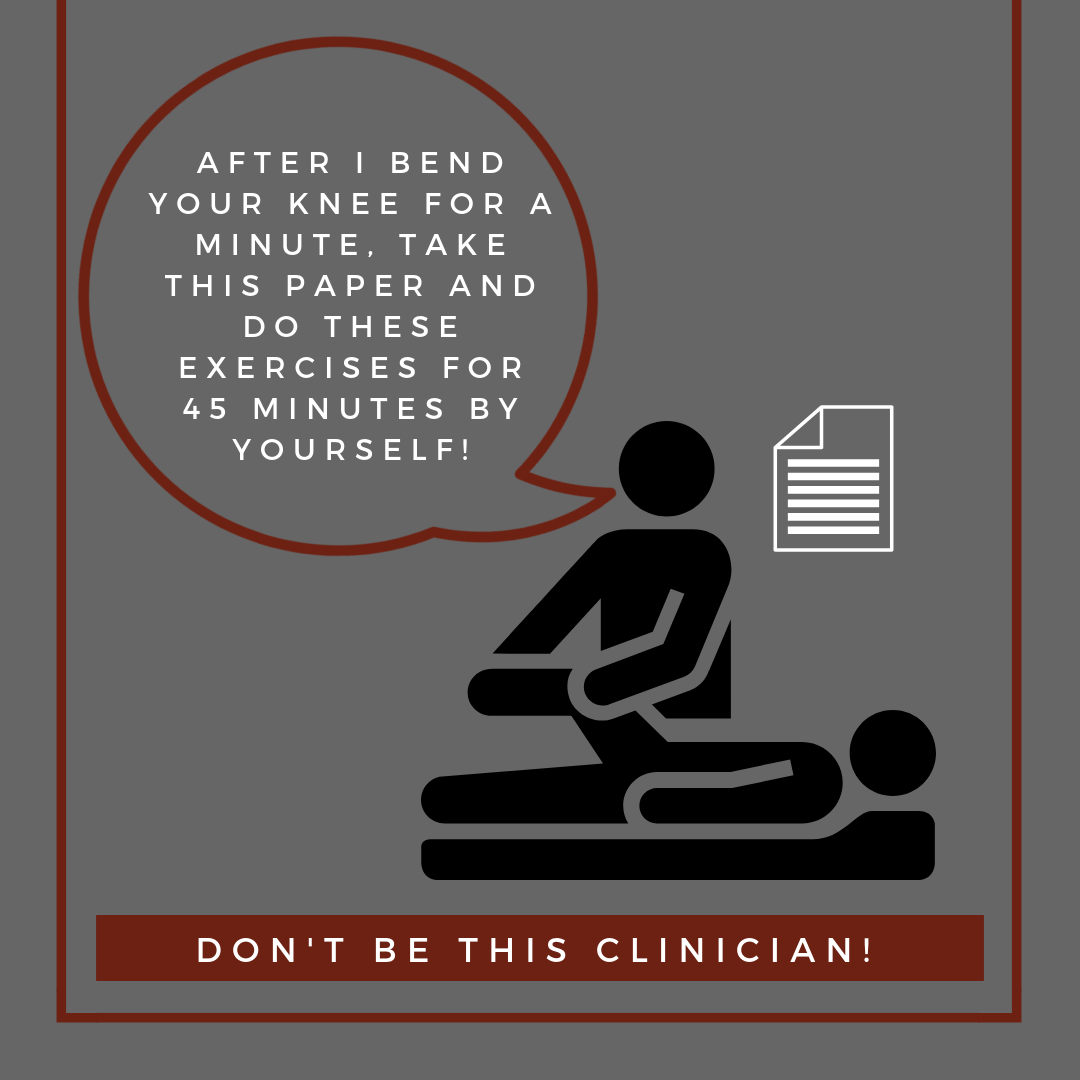
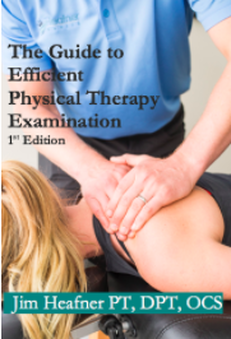
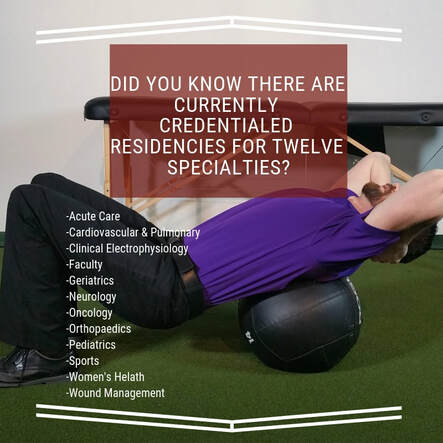
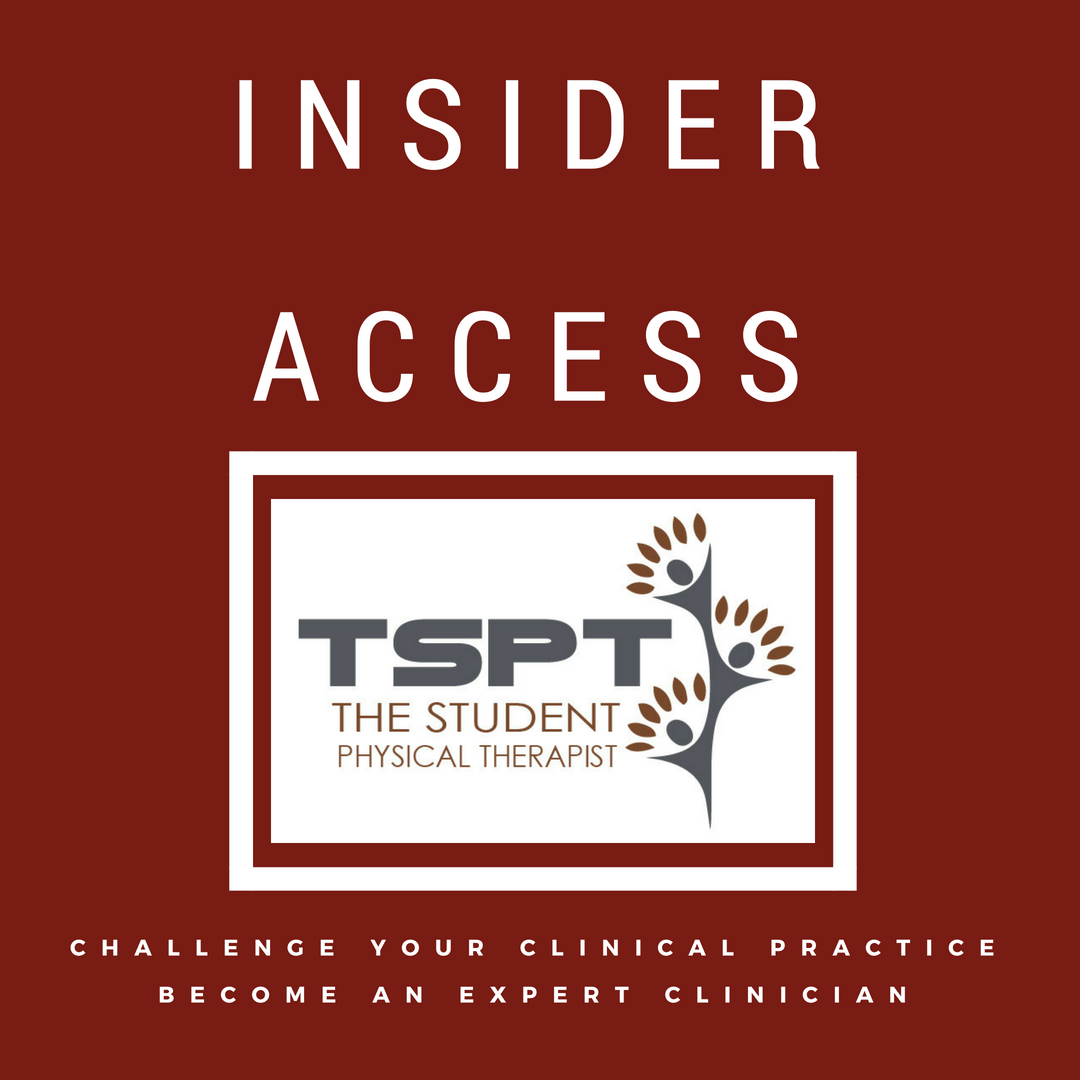




 RSS Feed
RSS Feed